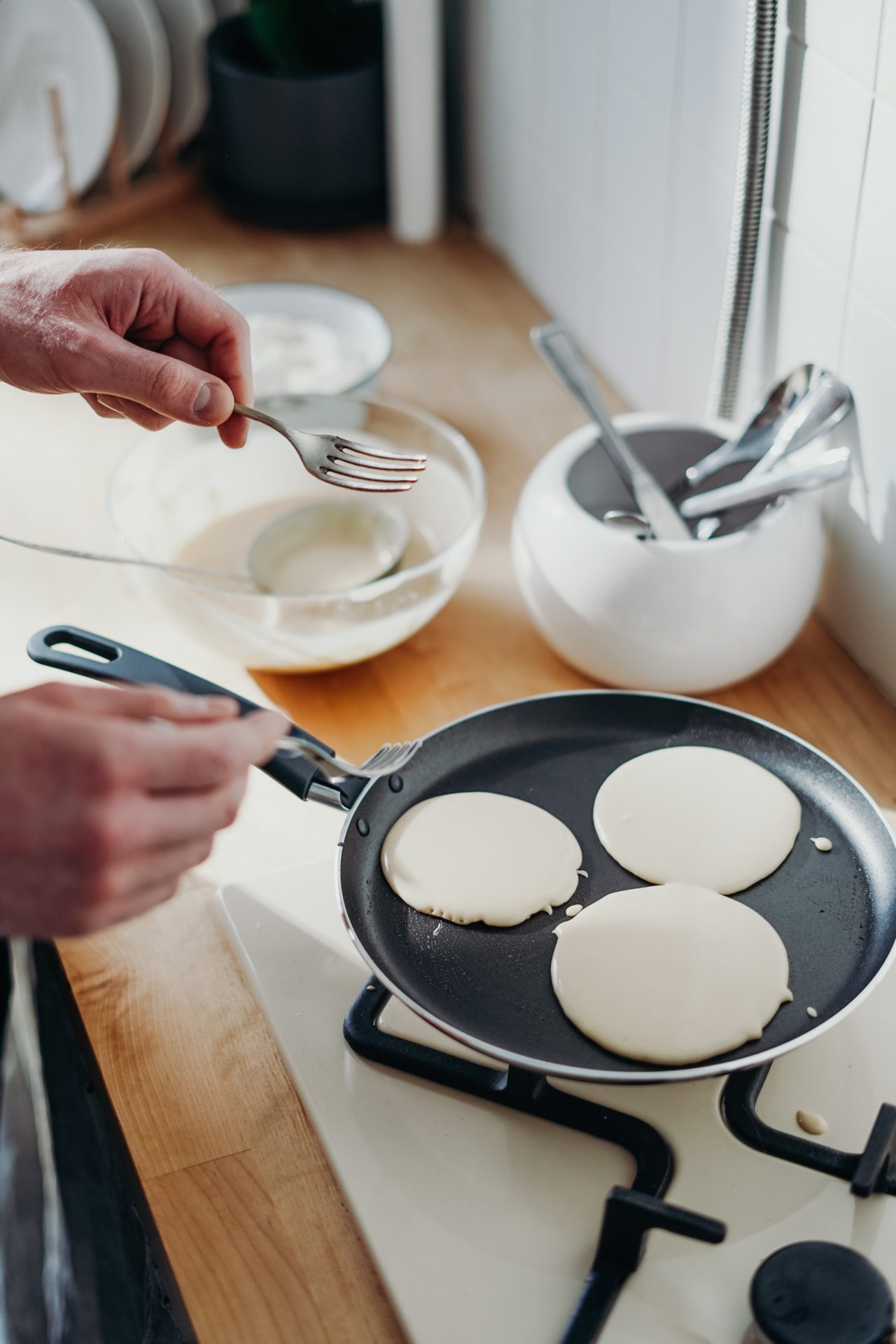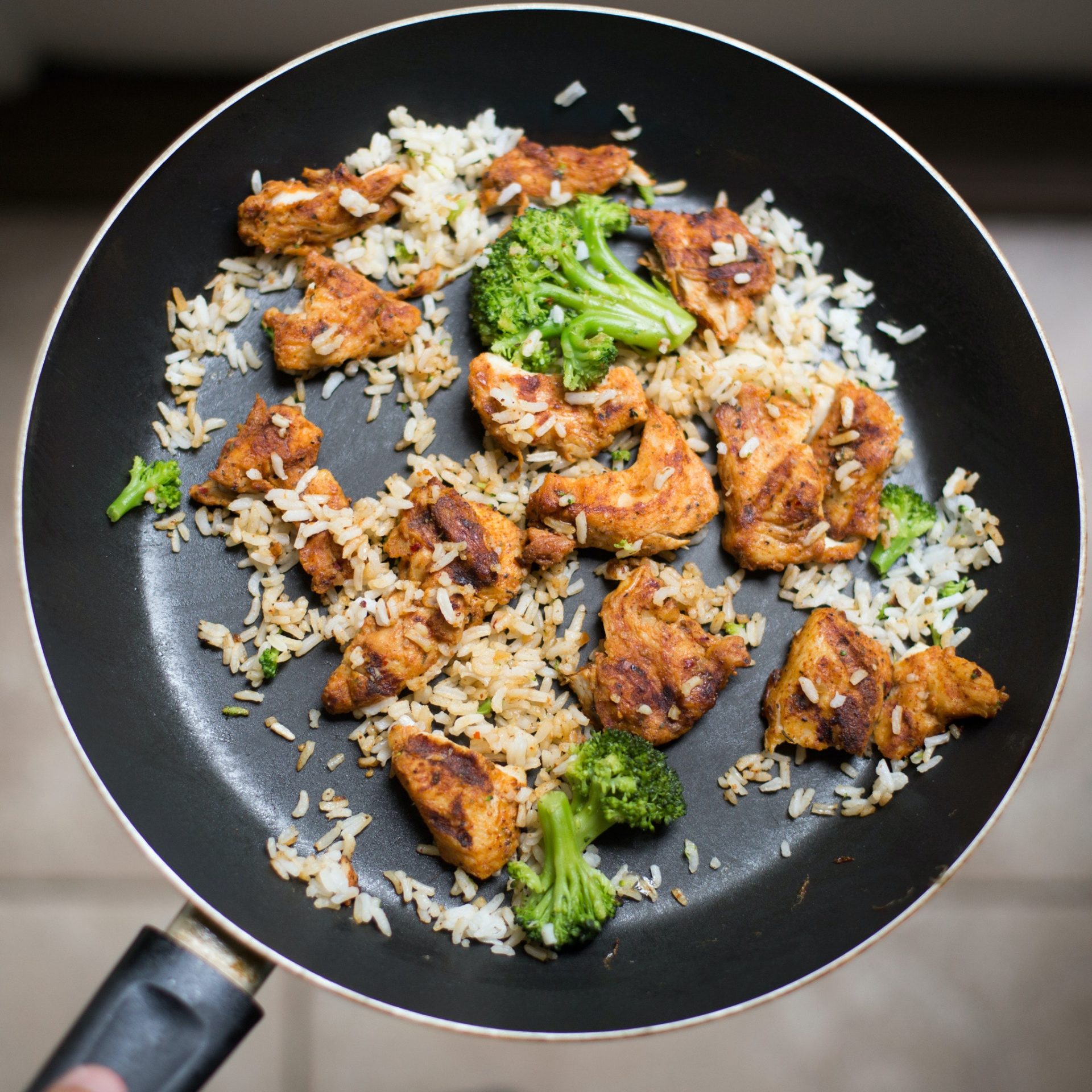6 Important Factors You Need to Consider Before Buying a Nonstick Pan
Those who are frequent with the art of cooking will agree that non-stick pans are an essential part of their kitchen. There are no other utensils you can use to make perfectly delicious pancakes and also cook delicate meals.
However, there’s now a rising concern making everyone question whether non-stick pans are safe to use or not. And so, many of us are unsure of what to look for when investing in a nonstick-pan.
Fortunately, most pans are not made with harmful coatings like perfluorooctanoic acid and are safe to use them. Just look for the label that says it’s PFOA free, and you’re good to go!
Additionally, we’re here to help you figure out what to consider before buying a non-stick pan. So, let’s not waste any more time and dive right into it.
6 Important Factors to Consider Before Buying a Nonstick Pan
As we’re all aware, besides making a yummy omelet and french toasts, this cookware is considered to be the second important part of a kitchen. It doesn’t matter how good of a cook you are or how fresh your ingredients are, pans are capable of limiting the potential of all your meals.
Unfortunately, it’s not an easy matter to find a non-stick pan that meets all your needs and one that also fits your budget. There are many varieties of options you have like, prices, brands, materials, durability, and function that can make your head spin.
But, fear not, the next time you’re out shopping for new pans, here are a few points to consider in getting the pan that will suit your needs. The 6 important factors to look out for while making your next purchase are:
Safety Concerns
The first point to check before buying a nonstick pan is safety. Because when it comes to food, safety should be your first concern.
When it comes to buying nonstick pans, it’s not a wise move to balance between the safety of your health or money. Check to see what the surface of the pans is made of. Based on the manufacturing process of these pans, some of them are made using a harmful chemical named PFOA.
So, when you’re buying a nonstick pan, make sure it’s PFOA-free. You can always verify with the manufacturing company to learn more about how their products are made.
Also, check out these calphalon pans in the oven!
The Construction of the Pans
Other than safety concerns, it’s also vital to know about the materials that are used to make the non-stick pan. As well as the process that’s used, both of which have the power to directly affect the quality of the pans.
When you’re out buying a pan, make sure it’s made from at least 5-ply metal cladding. This feature ensures that the pan is made with carefully layered metals that can give superior performance.
Moreover, keep an eye out for low-quality pans. They will be less expensive and mostly not clad as well. This can lead to the pan having substandard durability and uneven heating.
It might help to remember about all the fluffy pancakes that you can make from using these pans.
How They Function
To find out about the function of a non-stick pan, it should include durability and even heat distribution. Other than those, you should check whether the cookware is oven safe, its surface is easy to clean, or if it comes with a warranty.
Your cookware should match you and your lifestyle. As cooking is deemed to be something personal and everyone has their way of doing it, it makes sense that the pan fits all your needs.
So, before jumping into buying a non-stick pan, it’s best to make sure that it serves your purpose.
The Durability of the Pans
When we decide to invest in new cookware, it’s only natural we’d want it to last for a long time.
There are non-stick pans that tend to be more durable than others. For instance, because of the nature of the material, ceramic cookware is thought to be very delicate.
So, it makes sense to look for pans that are made with smart manufacturing processes and strong materials. Those are the pans that will truly withstand the ultimate test of time.
The Two Kinds of Coating
In modern times, two distinct forms of non-stick coatings have been used.
One of the most common coatings used is PTFE, commonly identified as Teflon. Teflon is a water-repelling synthetic coating. Another type of coating is labeled as ceramic coating, which is basically a silica-gel-based coating.
However, you should know that both of these coatings work perfectly well to prevent food from sticking to the pan.
But, it’s a popular opinion that Teflon coated pans last longer than ceramic coated ones. Whichever you choose, make sure you follow the guidelines, which mainly instruct not to scratch the surface of the cookware!
What Materials are Being Used
Now that we’ve talked about coating, it’s time to discuss the kinds of materials that are used to make non-stick pans. Most pans are made with either stainless steel or aluminum tri-ply.
It’s known that stainless-steel pans can effectively provide even heat distribution. However, they tend not only to be on the heavier side but more expensive tools.
Aluminum-based pans on the other hand can heat up fairly quickly, but they’re not great for even heat distribution. You also can’t use them on induction burners, unless you use a stainless steel plate underneath them.
If you are cooking on an induction cooktop, then remember to check the package to see if the pan is compatible or not.
Side tip: use a magnet to see if it sticks to the bottom of the pan or not. If it does, then you’re good to go!
Final Thoughts
In conclusion, we’d like to say that the factors we’ve discussed here help you find that non-stick pan of your dream. It’s easy to get fooled by low-priced, uneven heating pans, but you should be able to tell the difference now!
Remember to never look for a middle-ground when it comes to the safety of you and your family’s health. Invest in a pan that is not made with harmful coatings even if they are a bit on the expensive side. It’ll be worth it as they’ll also last for a long time.
Lastly, don’t forget to share this with your nearest and dearest!


